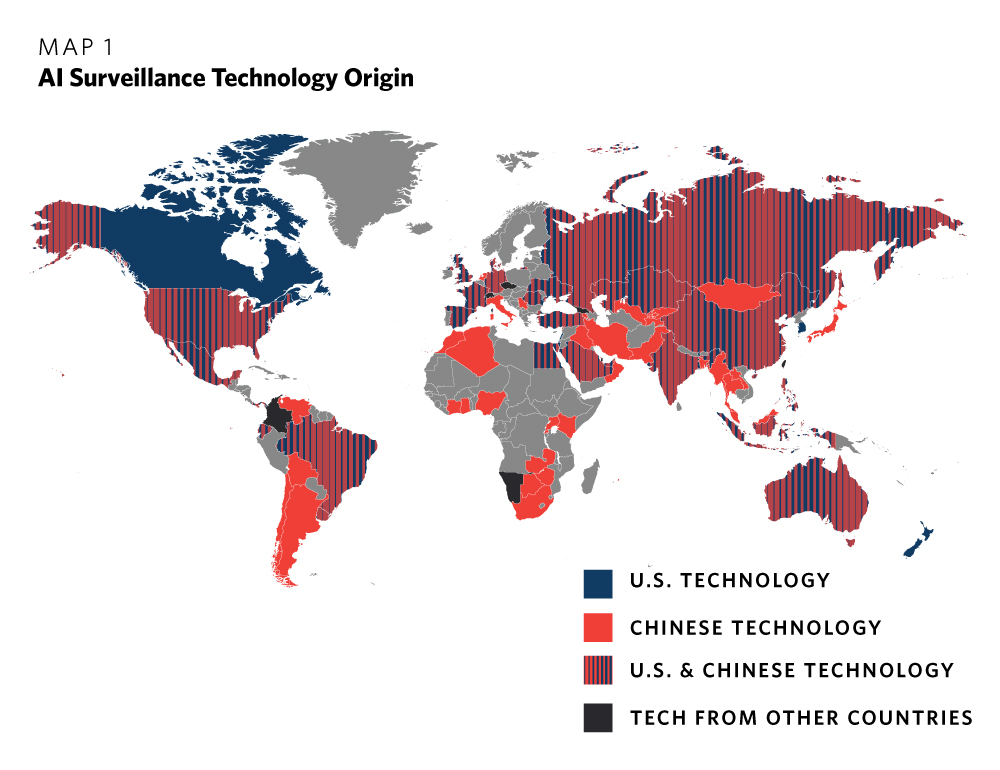The Growing Distrust: How AI is Reshaping News Consumption
The landscape of journalism is undergoing a profound transformation, marked by the rising presence of artificial intelligence (AI) in news production. However, according to a recent report by the Reuters Institute for the Study of Journalism, consumer apprehension is escalating regarding AI-generated news, with a significant portion of the population expressing discomfort with such content. This has serious implications for the future of media, particularly as platforms like TikTok emerge as primary news sources for younger audiences.
The intersection of AI and news reporting is raising eyebrows across the globe.
Discomfort with AI-Generated Content
The survey data is alarming: 52% of American respondents and a staggering 63% of British respondents are uneasy about news primarily crafted by AI. The report underscores a widespread preference for stories penned by human journalists, suggesting that AI’s role in the newsroom is still viewed with skepticism. Nic Newman, the report’s lead author, noted, > “The level of suspicion surprised us. People worry about the impact of AI on the accuracy and trustworthiness of news.”
This worry is compounded by a growing trend of misinformation proliferating online, with 59% of participants voicing concerns over false news—up 3% compared to last year. The stakes are particularly high in countries gearing up for elections, where apprehensions soar to 81% in South Africa and 72% in the United States.
The Rise of News Influencers
Interestingly, the report highlights a shift in news consumption patterns. Individuals on platforms such as TikTok are increasingly influenced by personalities rather than traditional media outlets. Approximately 57% of TikTok users obtain their news from influencers, while only 34% follow established journalists. Newman emphasizes that “newsrooms need to adapt,” pointing out that forming direct connections with audiences is essential moving forward.
The shift toward influencers on social media platforms is redefining news dissemination.
The Broader Trust Crisis in News
However, it’s imperative to understand that AI isn’t the sole culprit for diminishing trust in journalism. The report uncovers an ongoing battle for news organizations to convince audiences to invest in online subscriptions. Despite a temporary spike during the pandemic, only 17% of respondents across 20 nations are currently paying for news subscriptions—a figure that has remained stagnant for three years. Alarmingly, 46% of American subscribers rely on promotional or discounted rates, underscoring a reluctance to pay full price.
Another critical facet is the role of social media platforms like TikTok and X in shaping perceptions of journalistic reliability. These venues often struggle with distinguishing credible news from misinformation, as evidenced by rampant false content concerning significant global events.
Challenges in Reporting
Consumer needs are shifting, and there is a growing belief that publishers might be missing the mark. The emphasis on breaking news may overshadow the necessity for diverse perspectives or stories that evoke hope. While audiences feel decently served with political and sports reporting, there remains a visible gap in local coverage and a pressing need for informative health and education reporting.
Understanding audience needs is essential for effective news generation.
The Potential of AI in Journalism
Notwithstanding the challenges, AI offers potential advantages for newsrooms that are grappling with efficiency and production costs. A report from Columbia Journalism School indicates that AI could facilitate processes such as dynamic paywalls, automated transcription, and advanced data analysis. Yet, the gains are not without drawbacks. Many AI-generated outputs can be unreliable and carry reputational risks if they prove inaccurate, and automation remains unsuitable for all journalistic tasks.
The push for AI integration in newsrooms is driven by several factors: technological advancements that render AI more powerful and accessible, financial pressures to streamline operations in a struggling industry, and the necessity to stay competitive in a crowded media landscape. Innovations can draw interest from investors and stakeholders alongside meeting the evolving needs of the audience.
Emerging technologies are transforming journalistic practices and workflows.
Partnerships and Future Outlook
In a notable development, OpenAI has formed a multi-year partnership with News Corp to weave the rich tapestry of its journalism into OpenAI’s offerings. This collaboration intends to further integrate high-quality content into AI-driven tools for news dissemination, potentially reshaping how news is generated and consumed.
Conclusion
The unfolding narrative around AI in journalism is complex. While the potential for efficiency and innovation exists, the underlying trust issues and the nuances of audience preferences demand careful consideration as newsrooms adapt to an ever-evolving media landscape. With AI balancing both promises and pitfalls, the success of future journalism may depend significantly on transparency and a commitment to cultivating trust with readers.


 Photo by
Photo by 












